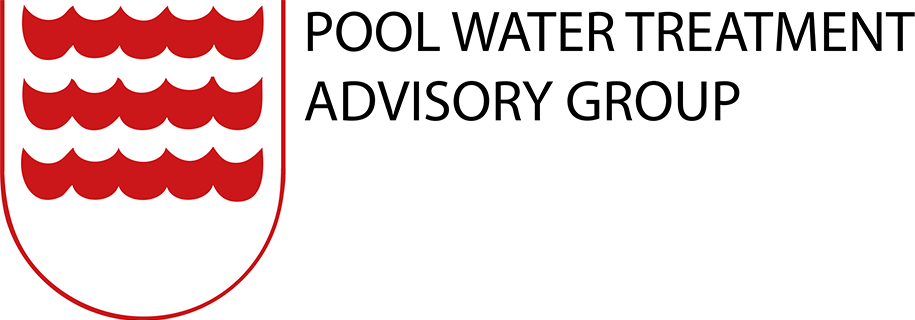In the aftermath of the horror of the Grenfell fire public concern is turned now to how and why it happened.
Many advocates of freedom from regulation whether it emanates from health and safety or from Brussels are now contemplating just what the impact of regulation or the lack of it has had on their lives. Regulations, are they a good thing or a bad thing? Do they make us safer or are they unnecessary in a world where we can count on the providers of goods and services to do the right thing and put safety first?
Are we in our ‘bubble’ of swimming pools in a different situation than a towering, murderous inferno?
A horror worsened if not caused by lack of effective regulation, utterly inadequate enforcement inspection and a culture where cost is only measured in pounds and pence never the impact on people’s lives?
PWTAG has long argued that pools and swimmers would be far better off, safer and healthier if swimming pools were regulated and controlled as they used to be in the 70s. PWTAG has its roots in a subcommittee of this era part of government in the Department of Environment.
The DofE it was that set the standards for swimming pool water that were fastidiously met by the providers of swimming pools the Local Authorities. It was deregulation that saw this subcommittee lost in the sands of time to be replaced by the band of industry representatives, enthusiastic volunteers and experts we call PWTAG. Prior to then, Government in effect set the chemical levels for pools, dictated what the microbiology should be, even describing filters, filtration rates, turnover, pool hydraulics and loading.
Pools were inspected and the water tested frequently and regularly, without notice, by environmental health officers with the power to impose requirements or even close those pools that did not make the grade. In PWTAG we try hard but we have no powers, we have little if any resources. We can set standards that we believe are the right ones but we don’t even know if pools are listening let alone taking notice.
How many pools use the most appropriate levels of free chorine, do they know and understand combined chlorine? Are pools being tested monthly for bacteriological safety? How many risk assess for crypto and as a result have introduced secondary disinfection, UV as a means of control and of improving their water standards?
This is why PWTAG developed a Code of Practice that’s free to download for everyone to read and follow. There is no excuse for any operator not knowing what standards should be. The code is also the basis for PoolMark.
PoolMark is how pools can show that they base their operational standards on the PWTAG Code of Practice. It’s modelled upon a scheme called Clubmark introduced to try to ensure that governing bodies of sport were run properly and safely.
Pools demonstrate by self-assessing 70 questions that they meet the Code. Success brings a plaque to display to show swimmers you care and a certificate stating your commitment to follow the PWTAG code.
It will never replace regulations, for which we continue to press, but in the event of things all going wrong and people suffering as result it will at least show the operator knows what standards are and that they have tried to follow them.
Ralph Riley 27 July 2017
(Ralph Riley is the Vice Chairman of PWTAG, former Chief Exec of ISRM and provider and operator of many public swimming pools. He heads up the UK BSI representation on European and World sports standards. This blog represents Ralphs views and not necessarily those of PWTAG.)
